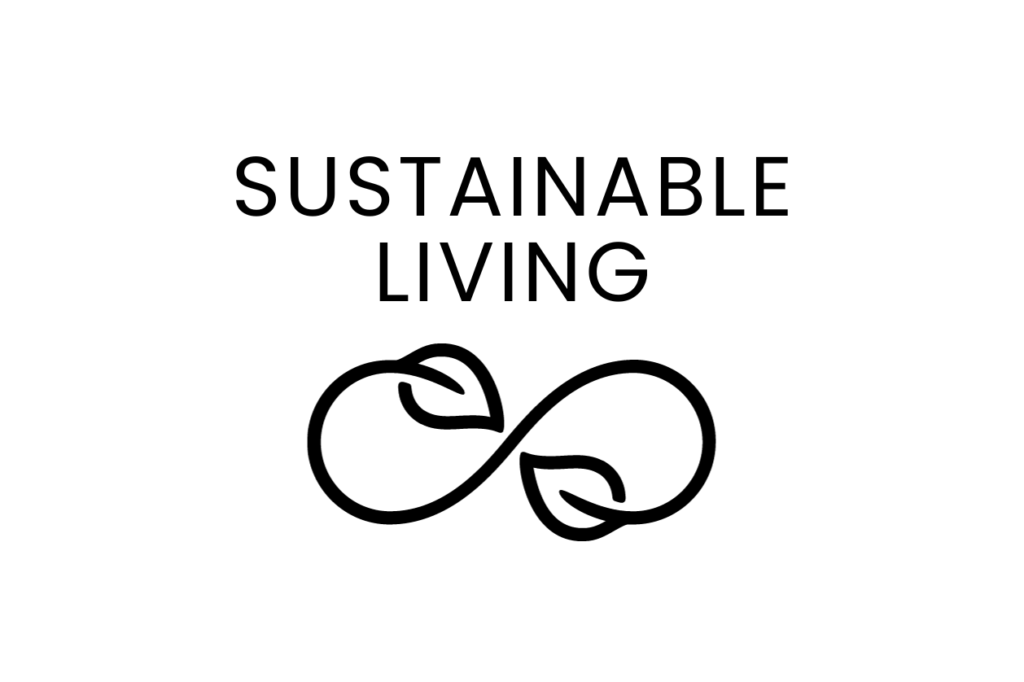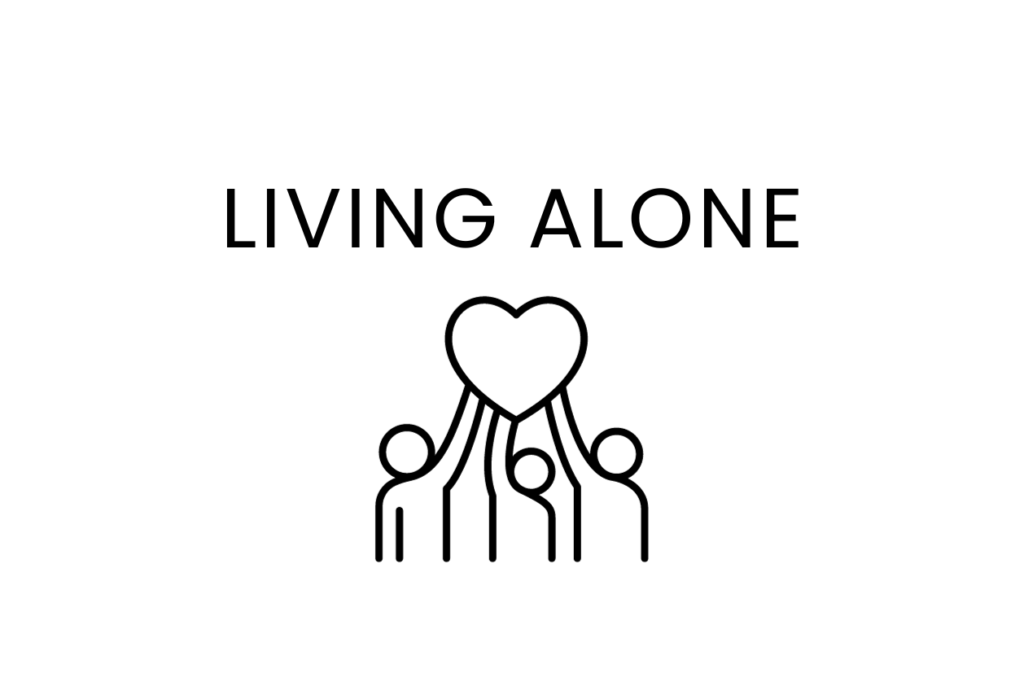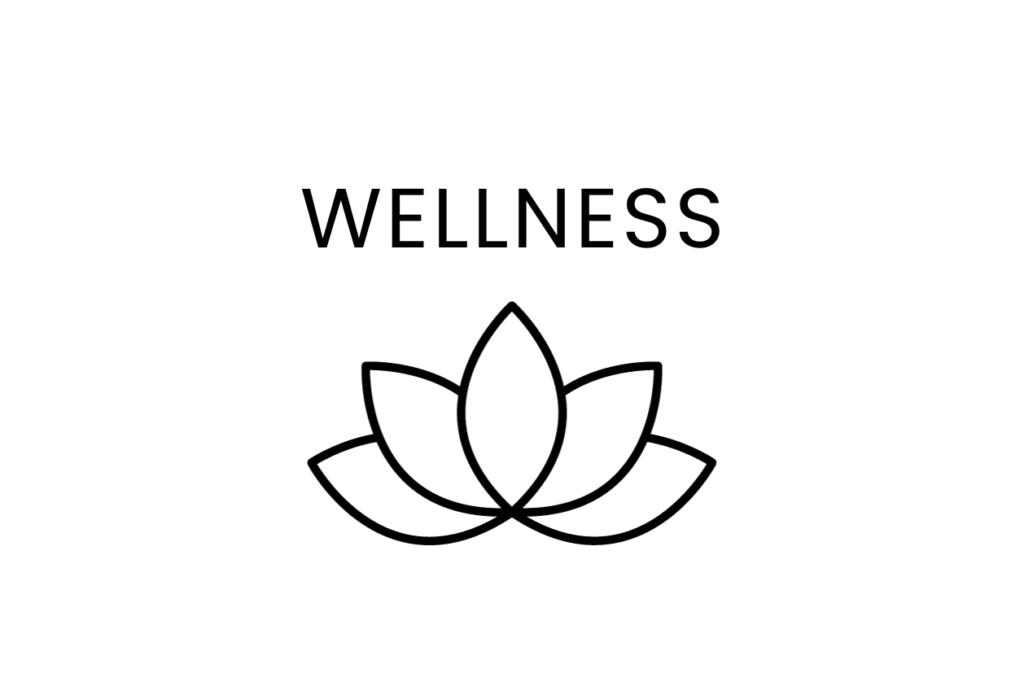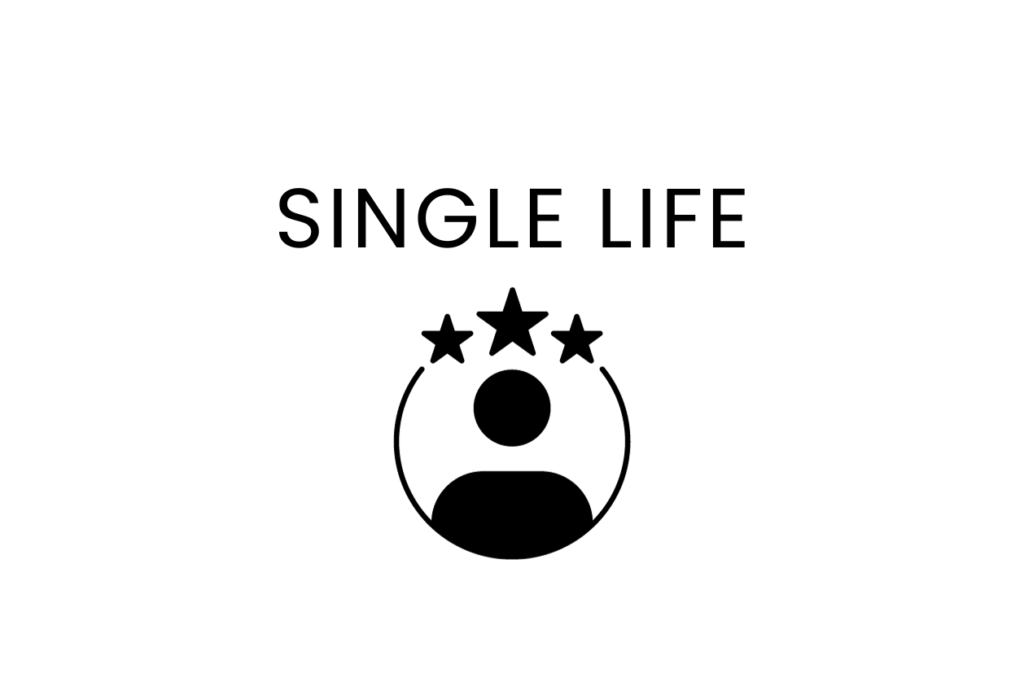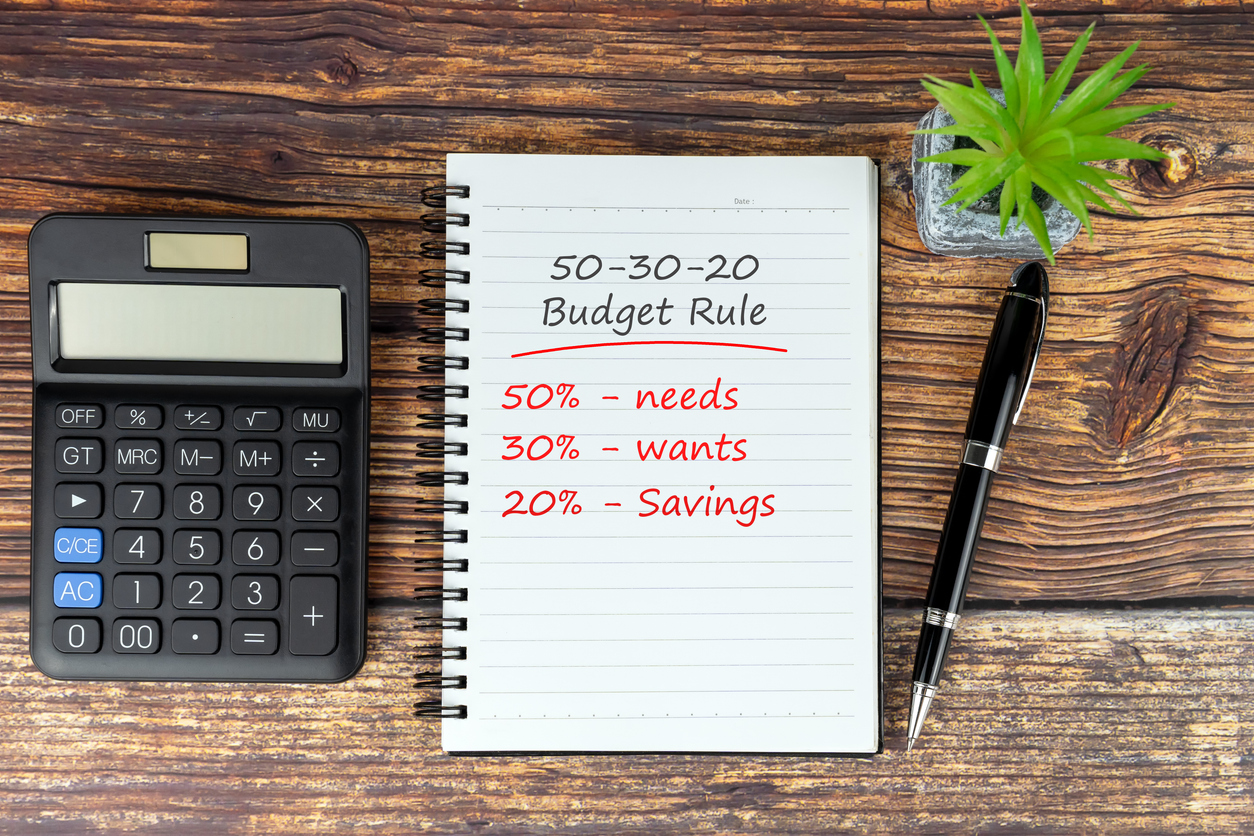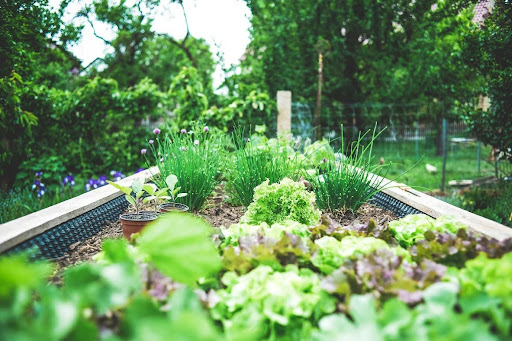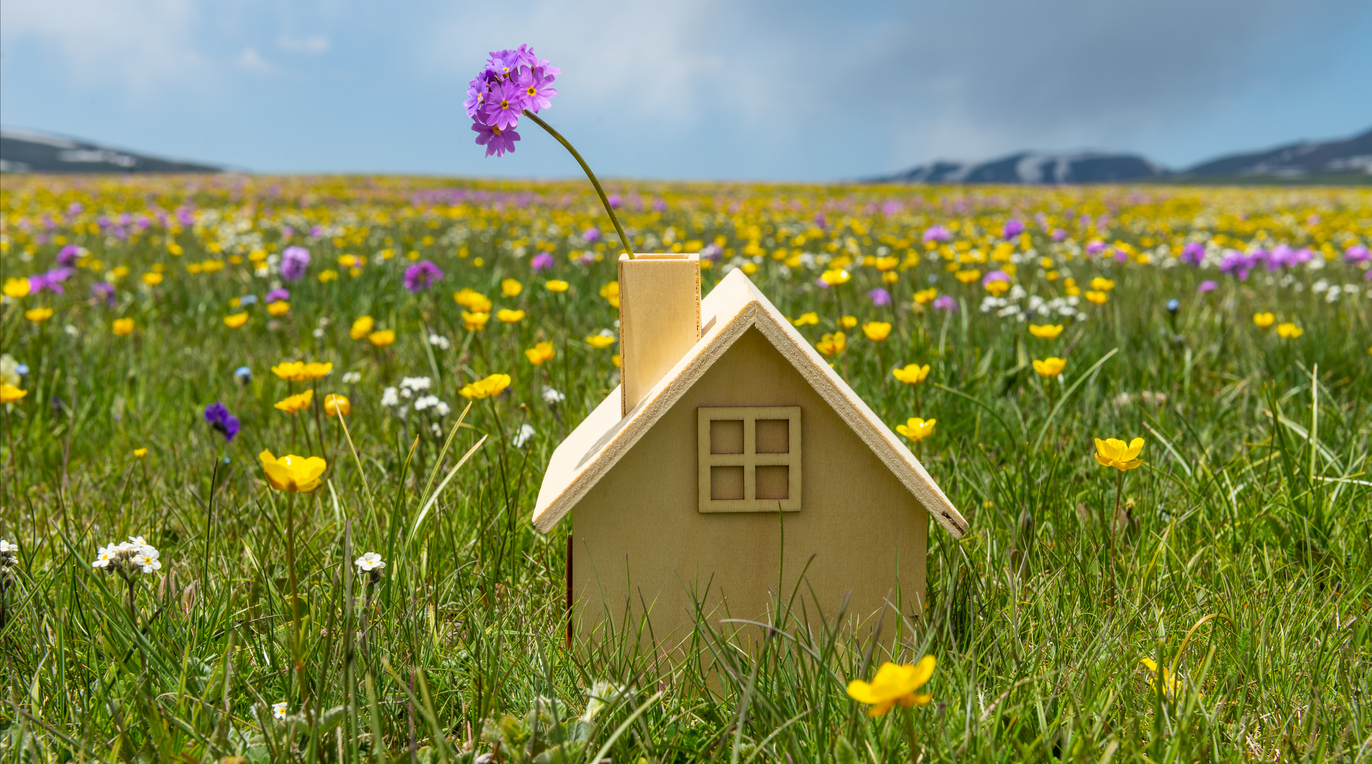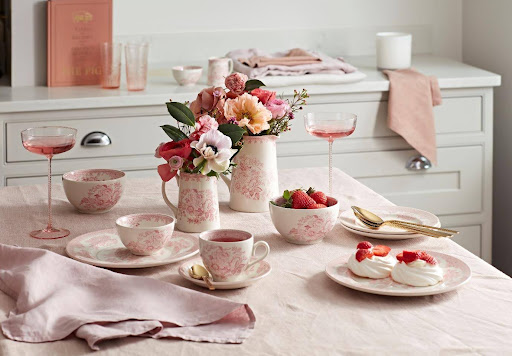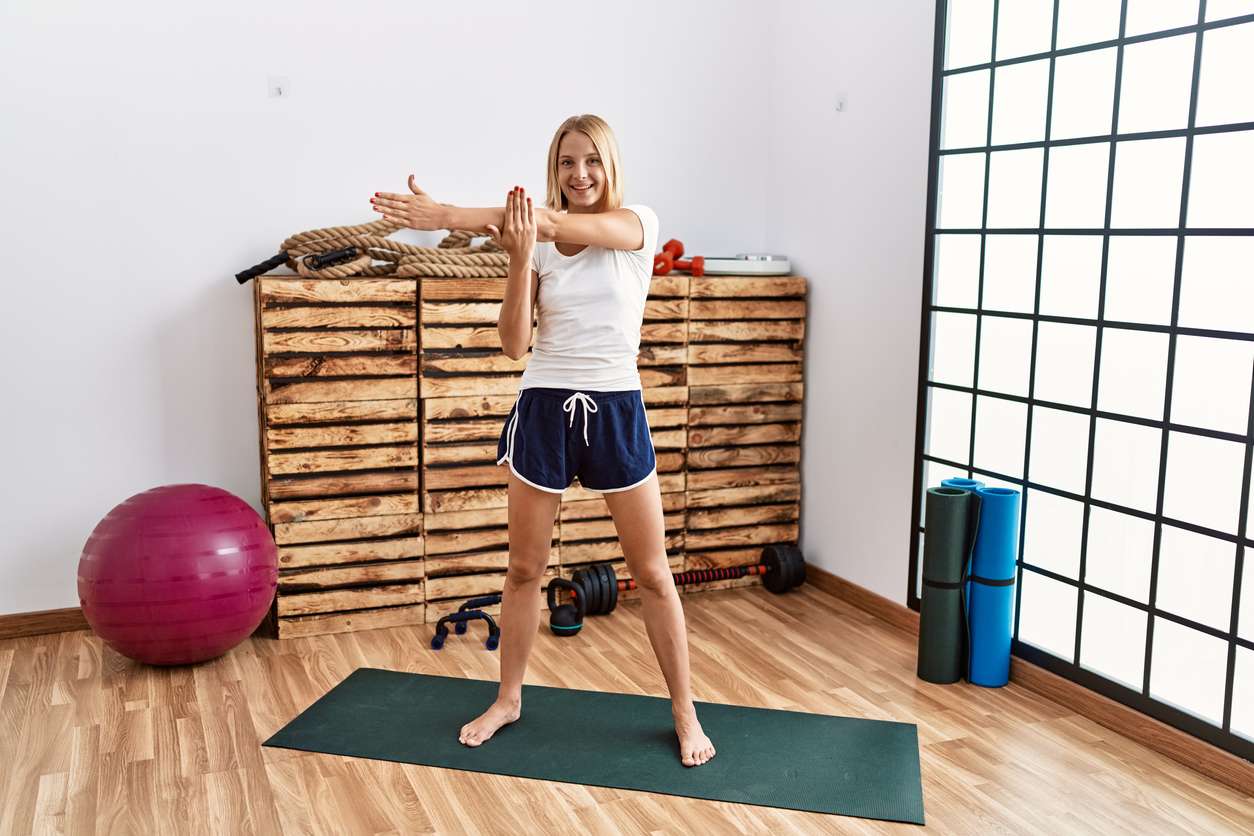Rather than following the traditional ‘bigger is better’ path, many of us today are looking for a more compact, affordable, manageable and ecologically friendly way of life. We can not only reduce our impact on the environment and use sustainable energy but perhaps also, reflect our priorities and ambitions of how we want to live, by building our own home.
Small (but perfectly formed) Self-Builds
Sustainable Living | 6th January 2018 by Solo Living
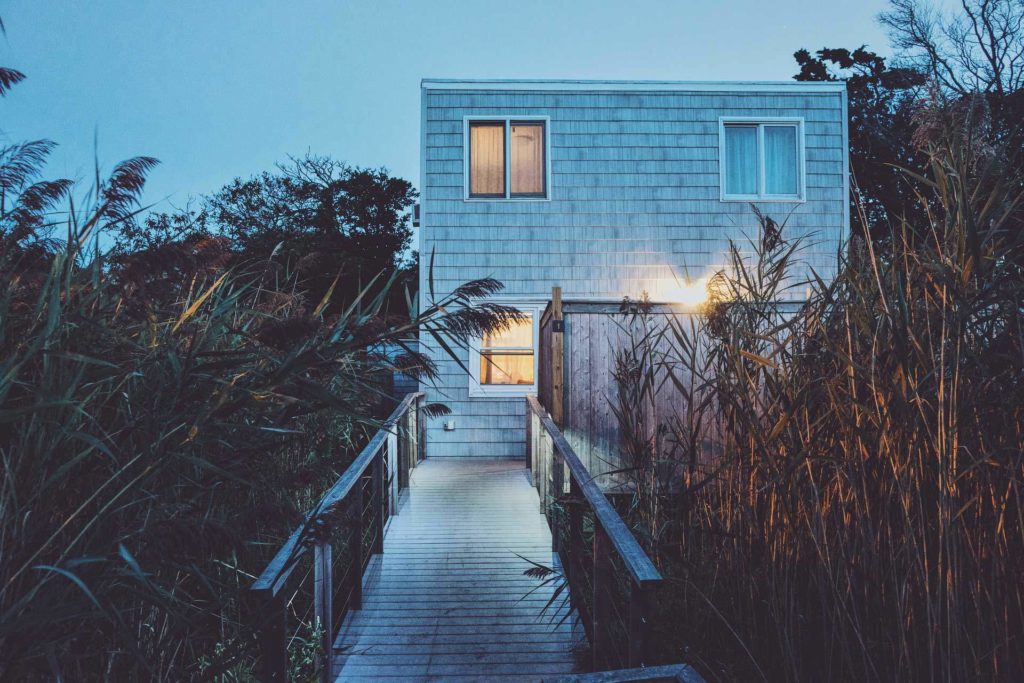
Credit: Pexels
Self-build timber frame houses are commonly available, and come in flat-pack kits that are a far cry from the old-fashioned prefab housing. Scandinavian-style log cabins are popular and Ikea, the original source of budget-conscious design, showcases a small self-built home that makes clever use of its available space, emphasising natural light and materials.
Land is of course, not cheap and acquiring enough to build even a small home may significantly impact your budget. But, designing your own home, carrying out your own construction and having it fit it naturally into the landscape can be very rewarding. Essentially, through self builds you can design and impact your own lifestyle, creating a closer link between home, living and the environment.
Self build options
The UK’s BuildIt magazine has an interesting range of self-build options, including this eco-friendly island house near Henley.
Materials and techniques will vary according to your priorities, but can include timber, straw bales and traditional cob construction (a blend of earth, clay, straw and water). You can build your house in whatever shape fits most naturally to your chosen environment. You can live like a hobbit under a hill, blend into the forest in a tree house, or convert a disused railway carriage or a traditional oast house.
Energy saving self builds
People have been building their own simple houses for centuries, but we have the benefit of scientific research to thank for the opportunity to reduce our energy consumption. Solar panels can be installed to heat your water, and, depending on which system you use, to save substantially on your annual electricity bill.
Alternatively, you could choose a living roof, adapting any existing strong and leak-proof roof structure into a green or vegetated roof. Like the old-fashioned turf roof, this will add thermal mass to your building and help insulate against noise, with soil and plants blocking different sound frequencies.
Local councils are beginning to shoulder some of the responsibility for provision of housing stock by encouraging self-build projects, such as that of the Bedford family in Devon.
Community projects like this make it easier to purchase land, which is always going to be the biggest outlay, but they also make it possible to have more flexibility of design. Perhaps we can say goodbye to mass-produced council house boxes and say hello to a more environmentally friendly, ecologically sensitive home that you can build yourself.
Read our Quick Guide to Self Build Mortgages
Share this post:
Hear from Solo Living now and then by signing up to our mailing list






